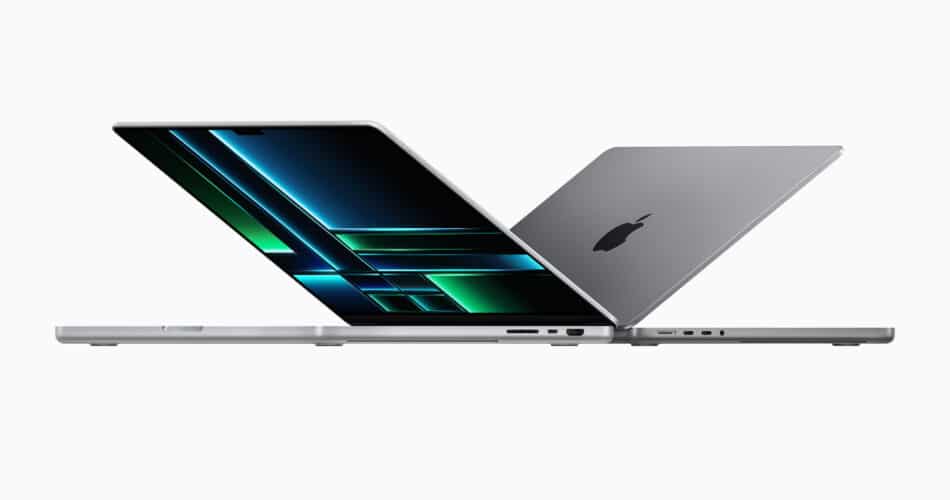Apple is reportedly exploring the idea of bringing cellular connectivity to its Mac lineup, potentially marking a significant shift in how users stay connected on the go. According to Bloomberg’s Mark Gurman, Apple is investigating integrating its own 5G modem into future Macs. However, this ambitious leap is not expected to materialize until 2026, coinciding with the rollout of Apple’s second-generation modem and marking two decades since the introduction of the first MacBook Pro.
The road to a cellular MacBook has been long and deliberate, with Apple aiming to reduce its reliance on third-party suppliers like Qualcomm. Over the years, Apple has invested heavily in developing its 5G modem technology, spending billions, including a $1 billion acquisition of Intel’s smartphone modem business in 2019.
While initial efforts faced challenges, the company appears poised to introduce its custom-built modem in 2025, starting with the iPhone SE, an ultra-thin iPhone model dubbed the “iPhone 17 Air,” and entry-level iPads. These early iterations will provide Apple with a testing ground before expanding the technology to flagship devices and eventually to MacBooks.
A cellular MacBook would enable users to connect to the internet directly via mobile networks, eliminating the need for Wi-Fi or tethering through an iPhone. This capability would enhance the device’s appeal to users who frequently work on the go, providing seamless connectivity without compromising portability. The first-generation modem, codenamed “Sinope,” is designed to integrate tightly with Apple’s hardware, allowing for thinner devices and improved power efficiency. By the time the modem technology reaches the Mac, the second-generation chip is expected to deliver faster speeds with support for mmWave technology, potentially offering download speeds of up to 6 Gbps.
The implications of this development extend beyond MacBooks. Apple is reportedly considering cellular connectivity for other product lines, including future versions of the Vision Pro headset and possibly its long-rumored AR glasses. These advancements could free users from relying on tethered devices, creating a more autonomous and streamlined experience across Apple’s ecosystem.
Historically, the idea of a cellular-enabled MacBook is not new. Apple explored this concept as far back as 2008 but decided against it due to the technological limitations of the time, including bulkier modems and concerns over carrier lock-in. Today, advances in modem technology and Apple’s commitment to controlling its hardware and software stack have reignited the possibility. Gurman notes that the inclusion of cellular capabilities in MacBooks aligns with Apple’s plan to phase out Qualcomm modems and replace them with its in-house solutions, potentially saving costs and enhancing product integration.
While the prospect of a cellular MacBook is exciting, it raises questions about its relevance in the modern connectivity landscape. With the widespread availability of free Wi-Fi in urban areas and the convenience of tethering through an iPhone, some might question whether cellular MacBooks are a necessity. However, for professionals who travel frequently or work in areas with unreliable Wi-Fi, the convenience and security of built-in cellular connectivity could prove invaluable.
(via Bloomberg)
Subscribe to our email newsletter to get the latest posts delivered right to your email.

